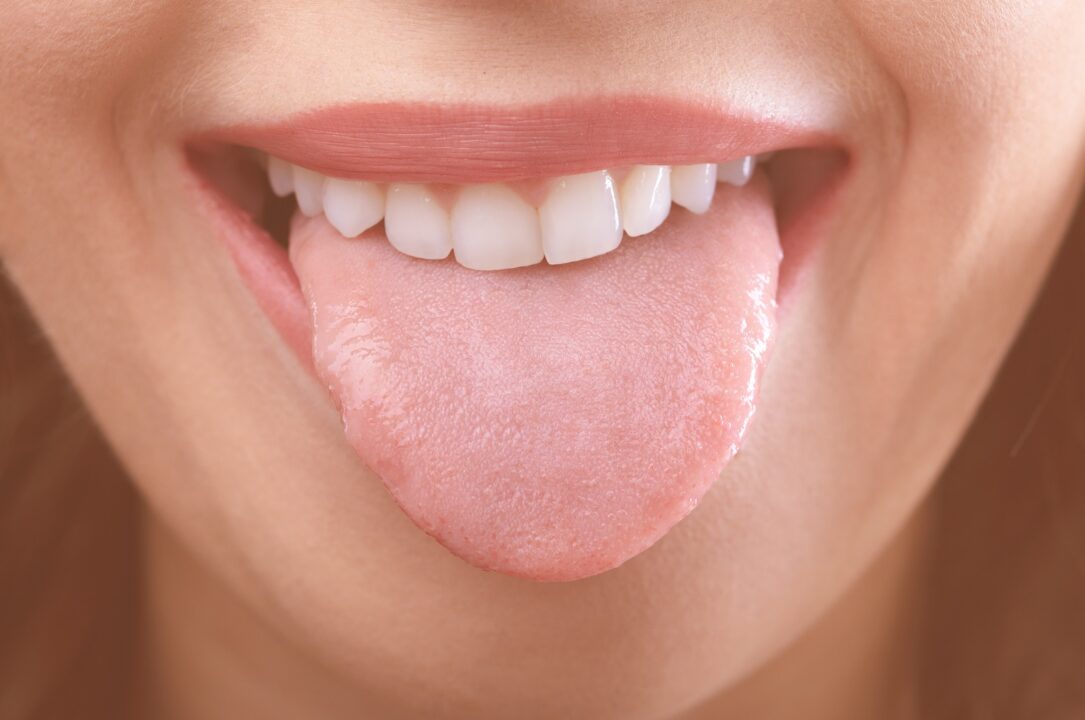Tongue thrust is a situation where the tongue pushes too far forward within the mouth, often causing orthodontic problems and potentially signaling an orofacial myofunctional disorder. This condition is commonly observed in children and can result from various factors, such as tongue tie, poor swallowing habits, allergies, and even persistent thumb-sucking. Left untreated, tongue thrust can lead to various orthodontic issues, affecting speech and oral functions. In this article, we will discuss the causes and consequences of tongue thrust and effective treatment methods that answer the query: how to stop pressing the tongue against teeth?
Understanding the Impact of Tongue Thrust
When the tongue constantly presses against the teeth, it can set off a series of orthodontic complications. The pressure exerted by the tongue may cause the teeth to shift and move outward over time. This, in turn, can lead to gaps between the teeth or an open bite where the upper and lower teeth fail to align correctly. Consequently, individuals with tongue thrust may experience speech difficulties and other oral function impairments.
Causes of Tongue Thrust
Tongue thrust can have various underlying causes, making identifying the issue’s root essential to initiate proper treatment. Here are some common factors contributing to tongue thrust:
- Tongue-Tie: Tongue-tie, medically known as ankyloglossia, is a condition where the strip of skin beneath the tongue (frenulum) is shorter than usual, restricting the tongue’s natural range of motion. This limited tongue movement can lead to tongue thrust
- Swallowing Habits: Poor swallowing habits, particularly when swallowing by thrusting the tongue forward instead of pressing it against the roof of the mouth, can contribute to tongue thrust
- Allergies and Swollen Tonsils: Allergic reactions causing swollen tonsils may prompt individuals to push their tongue forward to find a more comfortable resting position, leading to tongue thrust
- Thumb-Sucking: Long-term thumb-sucking, a common habit among children, can alter the tongue’s resting position, potentially causing tongue thrust
How To Stop Pressing Tongue Against Teeth?
The good news is that there are effective methods to treat tongue thrust and address the associated orthodontic issues. Myofunctional therapy is one of the most successful approaches for correcting tongue thrust, focusing on functional improvements of the tongue and facial muscles. The treatment primarily involves repetitive facial exercises and behavior modification techniques. Let’s explore how this therapy works:
- Myofunctional Therapy: Myofunctional therapy is designed to retrain the muscles responsible for tongue thrust. Patients are guided through a series of painless and straightforward facial exercises. These exercises are customized to the individual’s needs and help establish proper tongue posture and function
- Behavior Modification: Besides exercises, myofunctional therapy includes behavior modification methods. These techniques aim to replace harmful habits like thumb-sucking, mouth breathing, and reverse swallowing with healthier alternatives. By identifying and addressing these habits, the therapy further supports the correction of tongue thrust
- At-Home Continuation: Myofunctional therapy is not limited to clinical settings. Patients can continue these exercises at home after learning the techniques from a trained therapist. This makes the treatment convenient and allows individuals to take an active role in their recovery
Myofunctional Orthodontics
In cases where tongue thrust has led to orthodontic issues like an open bite, myofunctional orthodontics may be recommended. This approach deviates from traditional metal braces and utilizes soft, silicone oral appliances instead. These appliances are designed to correct multiple oral habits and are typically worn at night and for a few hours during the day.
Myofunctional orthodontics can be particularly beneficial for children, as it helps correct the underlying causes of orthodontic problems. Addressing thumb-sucking, mouth breathing, reverse swallowing, and tongue thrust complements orthodontic treatment and enhances oral muscle function. This dual approach ensures comprehensive care for children with orthodontic and myofunctional issues.
Conclusion: How To Stop Pressing Tongue Against Teeth?
Tongue thrust is a common condition in children and can result from various factors, including tongue-tie, poor swallowing habits, allergies, and thumb-sucking. Left untreated, it can lead to orthodontic problems and difficulties in speech and other oral functions. However, there is hope for those affected by tongue thrust, as myofunctional therapy offers an effective means of correction. By combining repetitive facial exercises with behavior modification, this therapy helps individuals establish proper tongue posture and function.



